With nearly 50,000 hectares of nationally and internationally important habitats, the Yorkshire Dales National Park is a fantastic place to spot a wide range of wildlife. In fact, thanks to its diversity of natural environments – from lakes, woodlands and wildflower meadows to areas of limestone – it’s home to over 100 species that are declining elsewhere in the UK.
Across the Yorkshire Dales, 42% of the national park is grouse moor, featuring biodiverse upland heath and bogs with high levels of peat and carbon.
You can spot red squirrels in woodland areas in autumn, northern brown argus butterflies in wildflower meadows in summer and white-clawed crayfish in waterways. Plus, it’s worth keeping a lookout for the many species to have been reintroduced to the Yorkshire Dales in recent years, such as hazel dormice.
10 wildlife walks across the Yorkshire Dales
Aysgarth woods and waterfalls
1.5 miles / 2.5km | 45 mins + | moderate
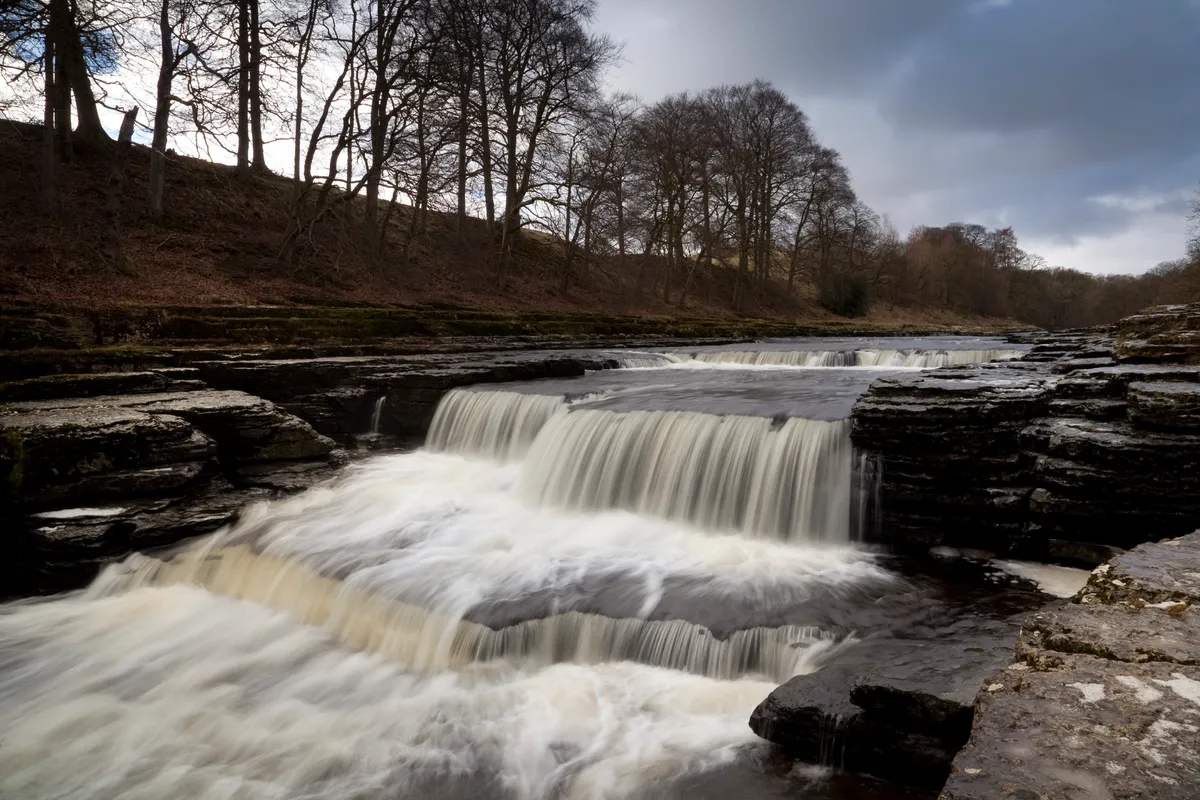
Aysgarth Falls in the east of the Yorkshire Dales is an exciting landmark and a rich habitat for wildlife. It’s a Site of Special Scientific Interest (SSSI), where you can spot brown trout jumping for mayflies and stoneflies on summer evenings and dark brown dippers diving for morsels.
This short walk begins at the nearby visitor centre, where you can park and use the toilets. You’ll pass by the Middle Falls viewing point, and there’s an optional detour to visit Lower Falls too. Before you loop back through Freeholders’ Wood, you’ll get distant views of the well-preserved medieval Castle Bolton.
Walking through the woodland, look out for birds and roe deer as well as dormice, which were reintroduced to the area in 2008.
For more wildlife-spotting opportunities, combine your walk with a trip to Coverdale’s Braithwaite Hall, the nearby woods and river, which is 20 minutes away by car. You’ll get free entry if you have National Trust membership.
- Treecreepers, chiffchaffs, warblers, brown dippers, pied and grey wagtails
- Dormice
- Roe deer
- Mayflies and stoneflies
- White-clawed crayfish, brown trout
Dodd Fell and Snaizeholme
11.5 miles / 18.5km | 5.5 hours | challenging
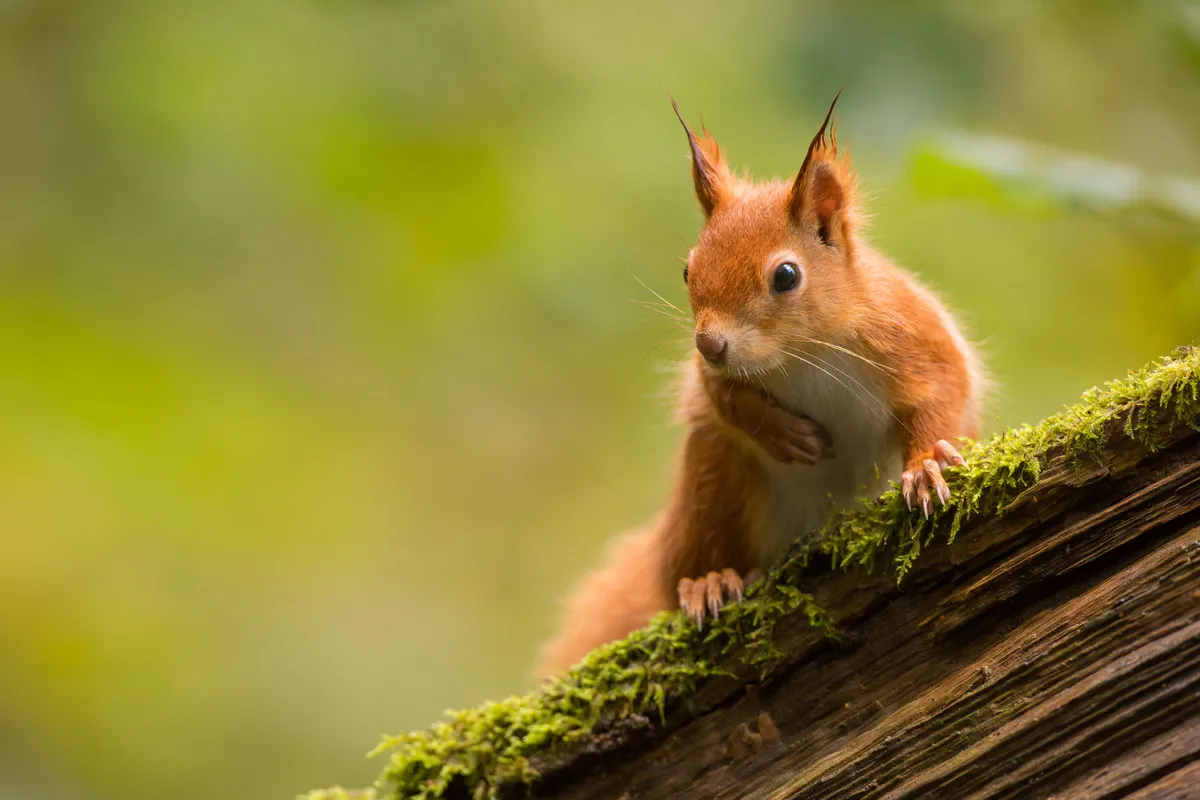
Red squirrels are the main draw for many who visit Snaizeholme, in the middle of the Yorkshire Dales National Park. Walk the waymarked Red Squirrel Trail to the viewing area in the Widdale Red Squirrel Reserve, surrounded by coniferous woodland.
While you’re there, look out for the region’s other inhabitants, including roe deer and woodland birds, such as siskins, lesser redpolls and common crossbills.
This lengthy walk involves a fair bit of climbing, as you’ll scale Dodd Fell, with an elevation of over 660m, before descending into the valley of Snaizeholme. While much of the walk follows lanes and established paths, there are areas of rough pasture and peat bogs at higher altitude.
Park at Dales Countryside Museum in the market town of Hawes, where the circular route begins. The café and toilets are open from 10am to 4pm.
- Red squirrels
- Siskins
- Lesser redpolls
- Common crossbills
- Roe deer
More related content:
- Guide to Yorkshire: where to stay and eat, places to visit and best walks
- Best walks in East Riding of Yorkshire
- Best walks in the Yorkshire Dales National Park
Goat Scar Lane Yorkshire Dales, England/Credit: Alamy
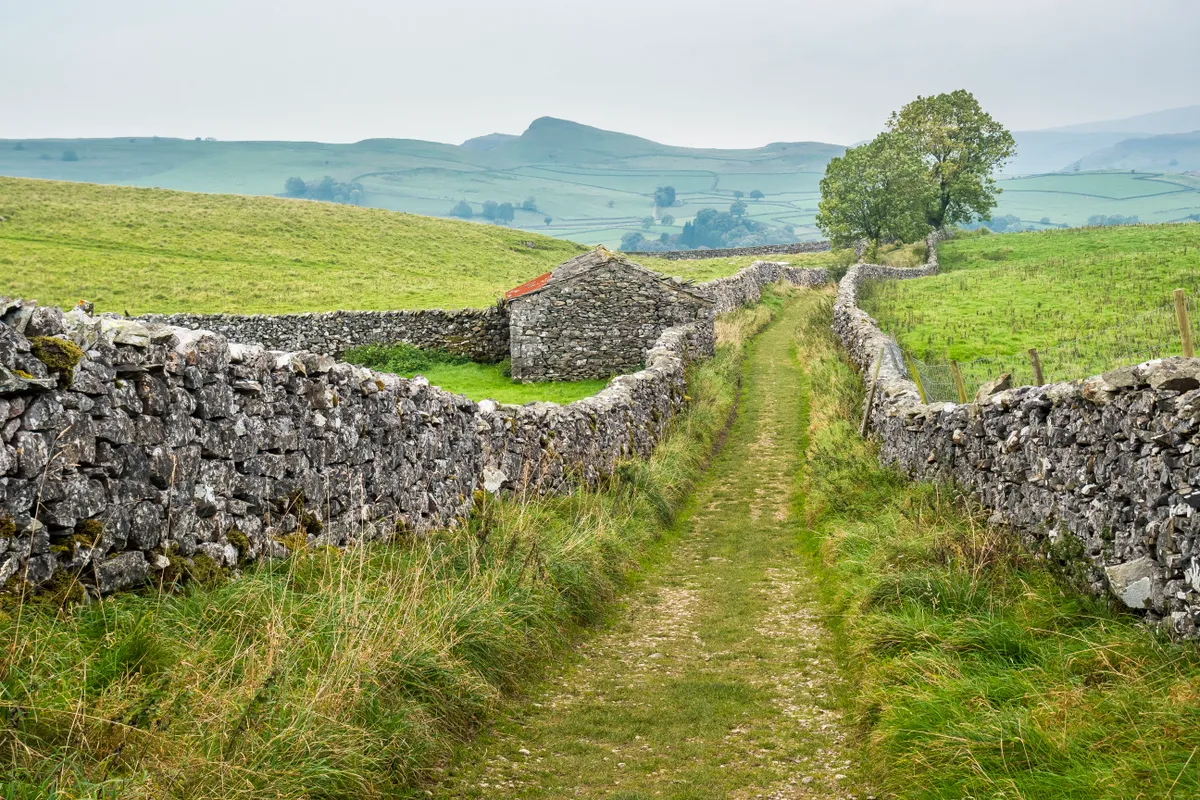
Grimwith Reservoir
4.5 miles / 7.2km | 2.5 hours | moderate
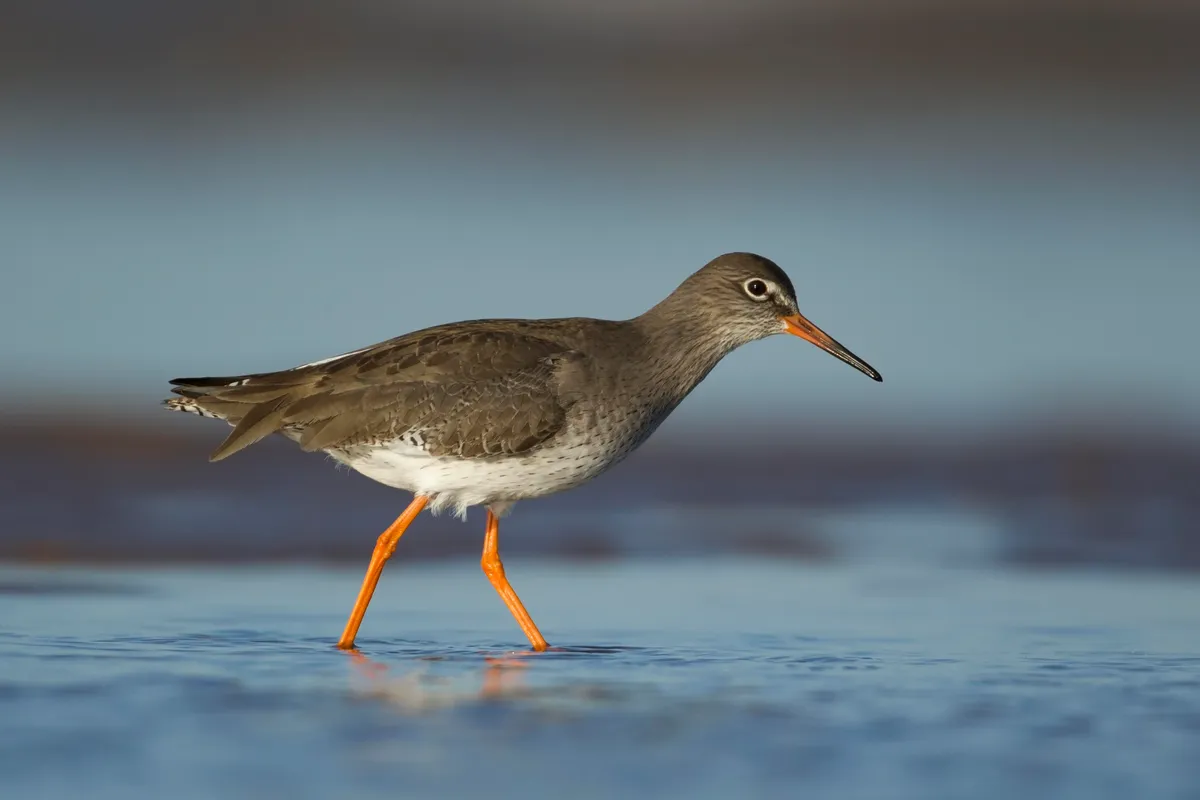
Grimwith Reservoir is in the bottom half of the National Park, and home to some of the UK’s most exciting bird species. It’s just 12 miles east of Malham Tarn (see below), so you could visit both in a day to tick off a bird-spotting bucket list.
This route takes you around the perimeter of the reservoir, mostly on well-surfaced paths. There are some gentle inclines, but no steps or stiles to contend with, and you can use the free car park and accessible toilets at Yorkshire Dales Sailing Club.
As you round the water, you may get a glimpse of wildfowl, such as the Eurasian wigeon, teal and Canada geese. On the banks, look out for ringed plovers, as well as whinchats and sedge warblers in the summer months. And if you’re not lucky enough to enjoy a siting, you could admire the reservoir’s sailing boats instead!
- Eurasian wigeons, teals
- Greylag and Canada geese
- Ringed plovers, northern lapwings
- Common redshanks, eurasian curlews
- Reed buntings, lesser redpolls
Malham Tarn
3.5 miles / 5.6km | 2 hours | easy
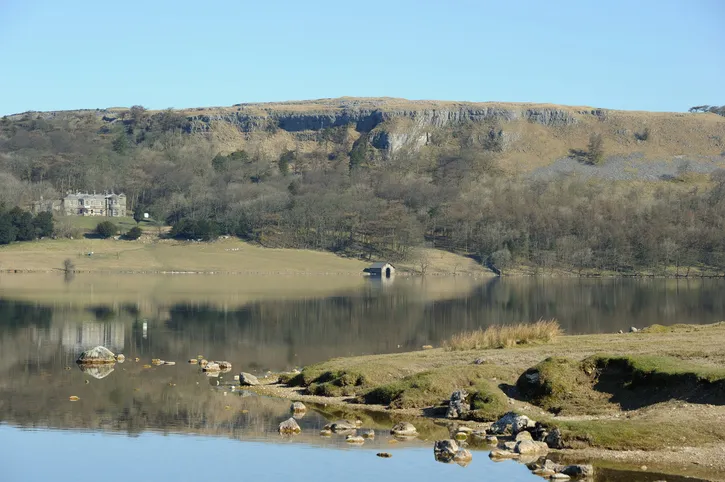
A walk around Malham Tarn Nature Reserve in the south-west of the Yorkshire Dales is a must if you’re keen to observe local wildlife. Sitting 377m above sea level, this unusual waterbody is the UK’s highest marl (lime-rich mud) lake and attracts a swathe of birds from across the national park. Around the tarn, you can also spot water voles and even Exmoor ponies, which have been introduced to the area.
Although it’s a relatively short walk, this route guides you past limestone banks, dense woods and peatland. Visit the Malham Tarn Visitor Centre to hire an all-terrain Tramper wheelchair if you need one.
Starting at the Water Sinks Gate car park, you’ll walk alongside Malham Water to reach the tarn. As you trek below the limestone cliffs, you can admire wildflowers by the gravel track in spring and summer, and pass boathouses before curving back to your starting point.
- Coots, moorhens, great crested grebes, waders, oystercatchers, lapwings, redshanks
- Freshwater fish – there are six species here
- Water voles
- Exmoor ponies
Middle House and Darnbrook
7 miles / 11.2km | 3 hours | challenging
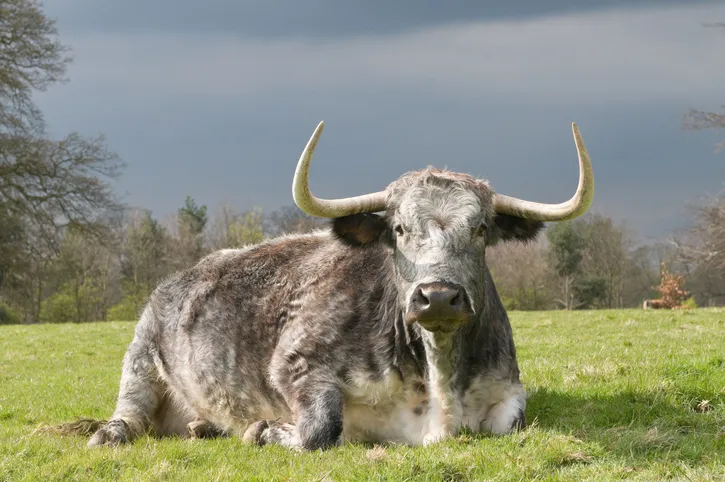
This walk circles the area north of Malham Tarn, crossing the narrower waterways of Tennant Gill and Cowside Beck. Stonewort, pea mussels and three-spined stickleback found in the waters attract diving birds such as great crested grebes, which you can admire from the hide en route.
Start at the Malham Tarn office, where you can park for free. Then, follow tracks uphill past the 16th-century Middle House farm building, the former home of shepherds from the Fountains Abbey Estate roughly 30 miles to the east. As you make your way through open pasture, you may spot grazing Longhorn cattle, which support plant and animal biodiversity.
Venture into Malham village, roughly a 12-minute drive from the tarn, to find cafés, pubs and the visitor centre. There are accessible toilets in the Yorkshire Dales National Car Park.
- Great crested grebes
- Tufted ducks
- Pochards
- Wigeons
- Teals
- Goosanders
- Hen harriers
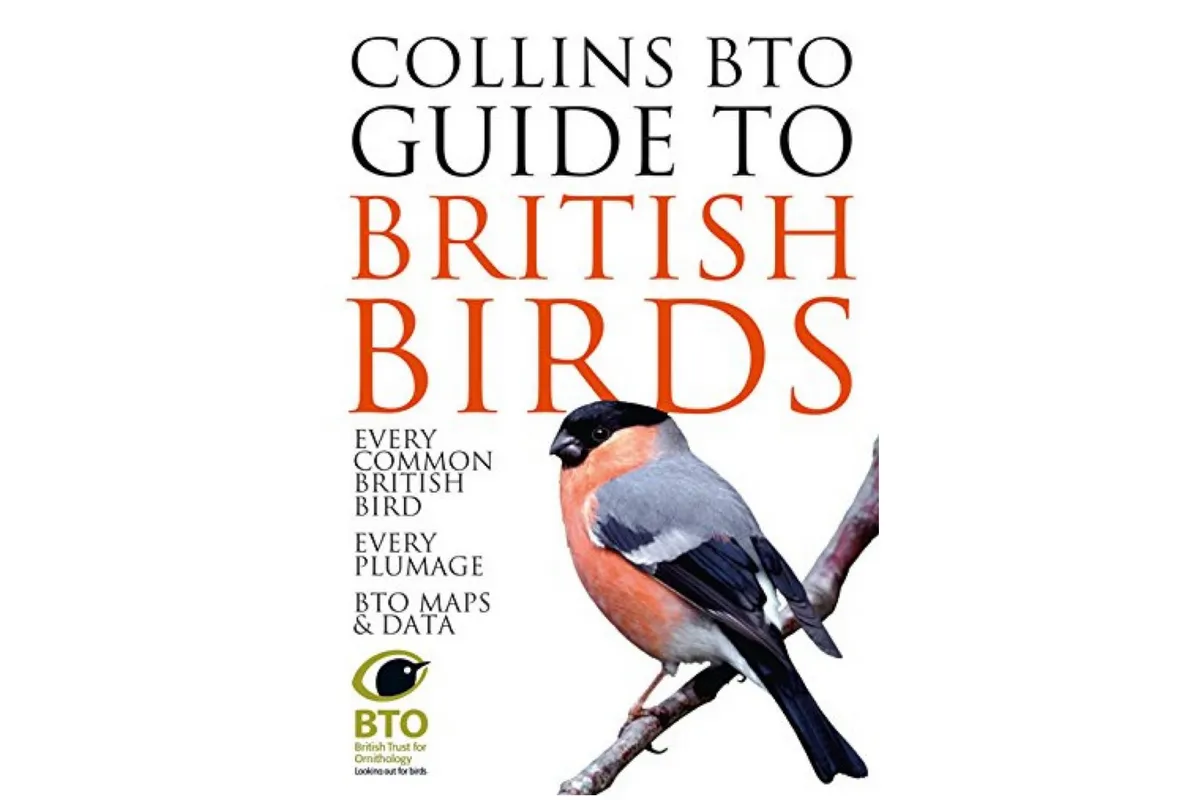
Muker, Swaledale
6.8 miles / 11km | 3.5 hours | moderate
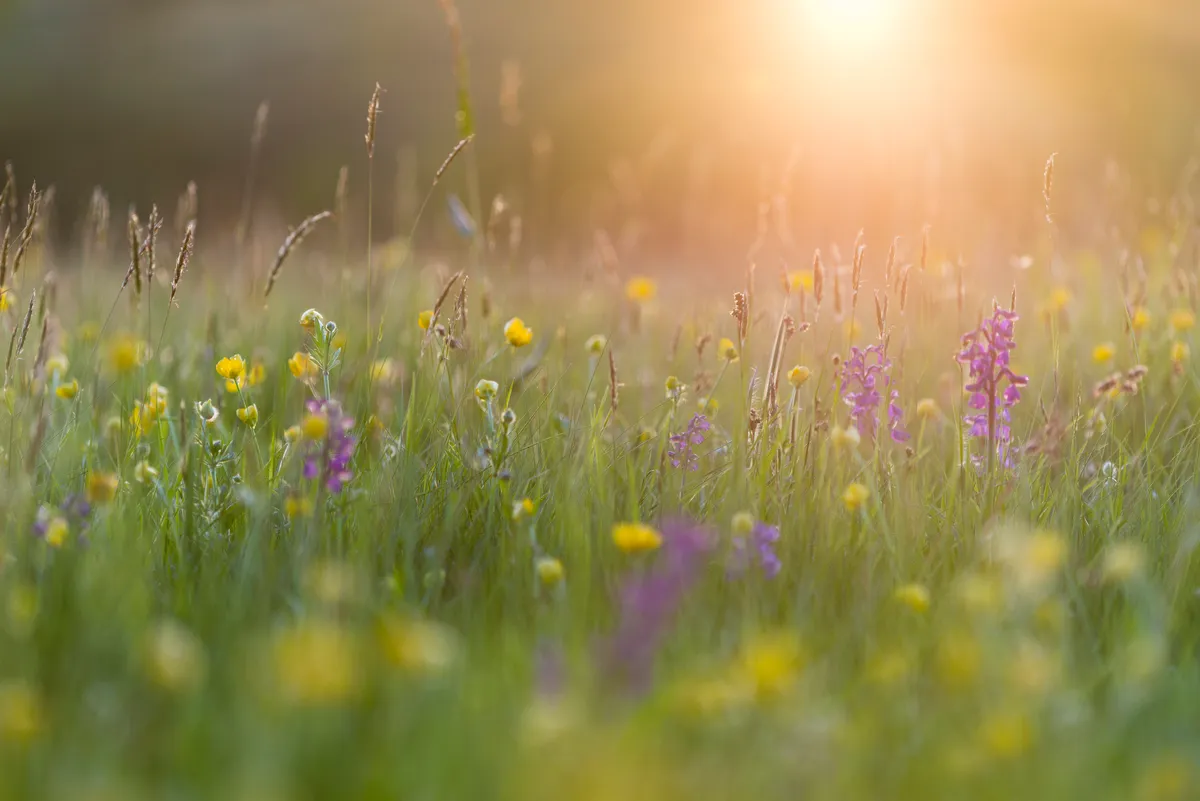
The small village of Muker sits centrally in the top half of the National Park. This route follows the River Swale east as far as the former mining village of Gunnerside, and is characterised by pretty hay meadows with diverse wildflower species.
Thanks to the area’s status as a Site of Special Scientific Interest (SSSI), the farmers receive grants to continue using traditional methods to grow and harvest their hay. As a result, plenty of wildlife has found a home here, including swifts and curlews.
You’ll start by leaving Swaledale between a series of grey limestone cottages and through wildflower-rich hay meadows. Pasture soon turns to woodland as you cross attractive footbridges over the River Swale and the narrower Shore Gill. Reaching Gunnerside, you’ll have the chance to stop for a coffee and toilet break before following the north bank of the river back through meadows to Muker.
- Swifts
- Swallows
- Curlews
River Wharfe and Bolton Priory
2.9 miles / 4.7km | 2 hours | easy
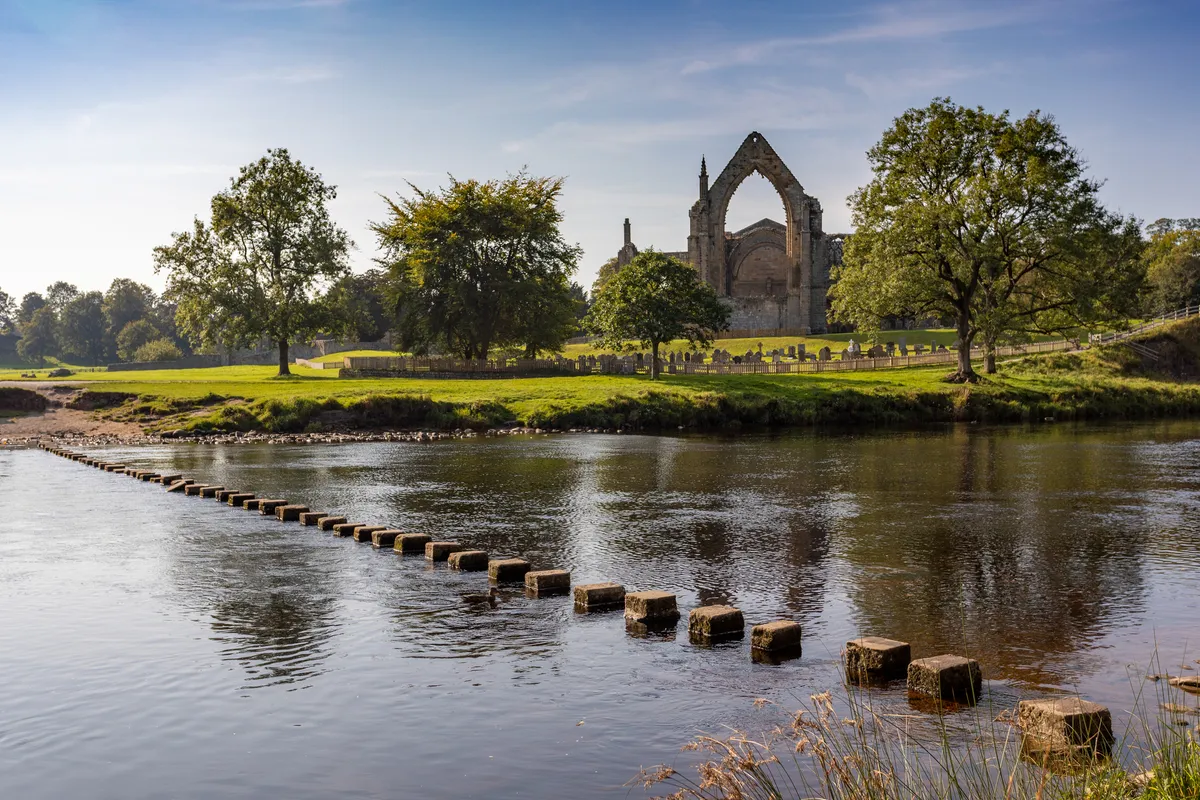
The 12th-century Bolton Priory sits on the banks of the River Wharfe in the south of the Yorkshire Dales. Its striking ruins lie at the start of this short walk; park in the village car park when you arrive.
Crossing the river, you can choose whether to use the footbridge or the perilous stepping stones originally used by priory lay workers. For a quick refreshment break, stop at Cavendish Pavilion about a third of the way along the route.
Trekking through riverside woodland, you’ll head up towards the ruins of the 11th-century Barden Tower. At this point, you can either retrace your steps or follow the colour-coded waymarkers through Strid Wood on the east side of the river back to Bolton Priory.
The dramatic River Wharfe is known for the brown trout you can spot in its clear waters. Also look out for the many insects and dippers feeding on the banks.
- Brown trout
- Dippers
- Insects and larvae
Round Howe and Billy Bank Woods
1.4 miles / 2.2km | 45 mins – 2 hours | moderate
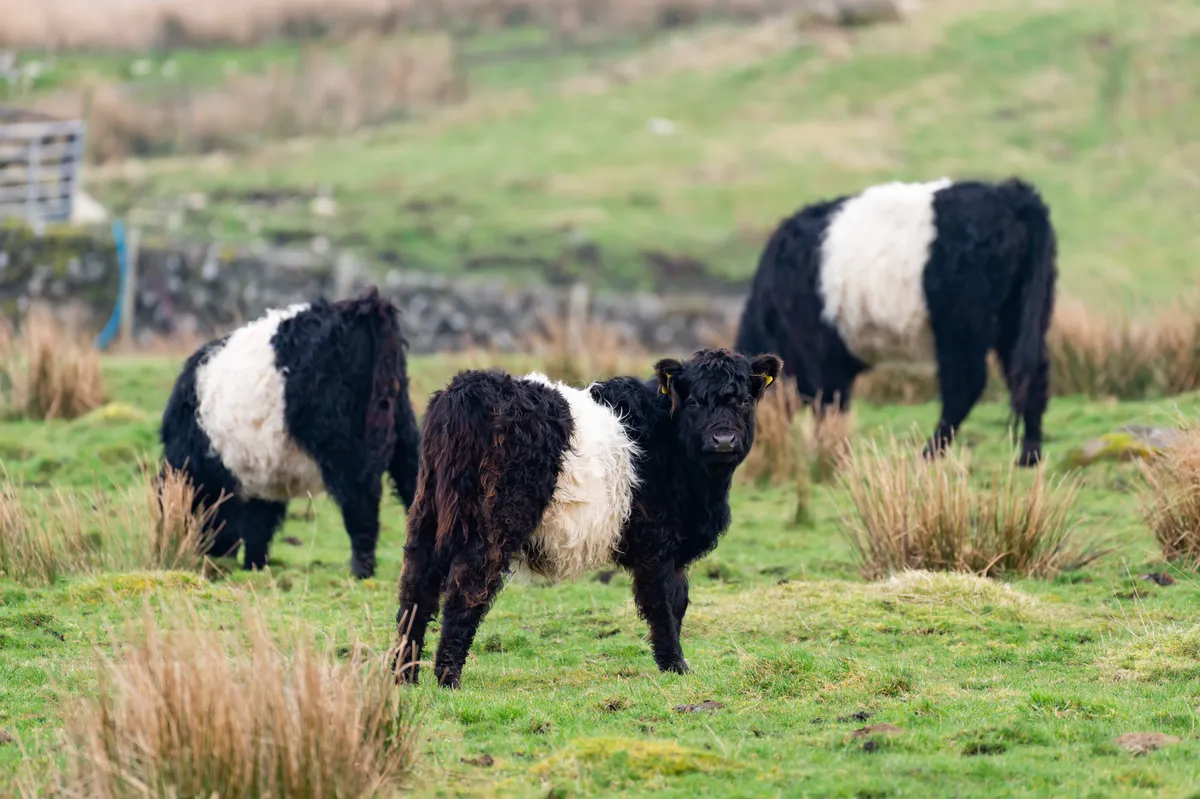
This walk follows the River Swale, taking you towards the market town of Richmond in the north-east of the Dales. Much of it follows the river through open grassland and you’ll find no shortage of views and riverside picnic spots.
Take the opportunity to spot birds, such as kingfishers and wagtails, from the bank of the river and skim stones on the pebble beach. The surrounding area is rich with wildlife, thanks to the introduction of wildflower corridors and Belted Galloway cattle in Hudswell Woods, which graze on rough vegetation.
Start the walk from Round Howe car park, where you can use the toilets for 20p. For a bite to eat before or after your ramble, try the pub in Hudswell village or the cafés in nearby Richmond.
- Kingfishers
- Dippers
- Grey wagtails
- Belted Galloway cattle
Smardale Gill
6.8 miles / 11km | 4.5 hours | moderate
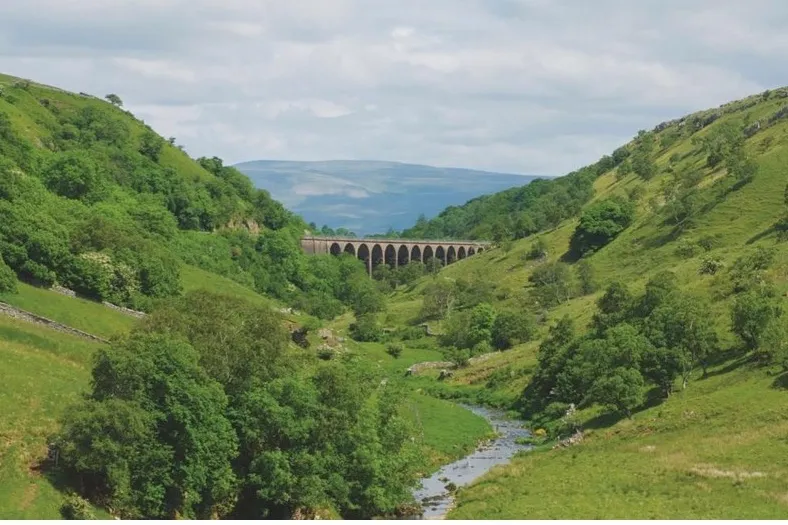
This route is at the very top of the national park. Starting in the village of Ravenstonedale, it works its way north before looping back in a figure of eight. There are plenty of sites to enjoy along the way, including disused lime kilns, a fortified 14th-century tower house, a 1955 train-crash site and the spectacular abandoned railway viaduct.
At the start, you’ll head downhill alongside Scandal Beck stream before reaching an old railway. Passing underneath a bridge, you soon arrive at the magnificent 14-arch viaduct, which towers 30m above ground level.
The village of Smardale is the northernmost point of this circular walk, which you’ll pass through before returning back to Ravenstonedale through wildflower-rich pastures.
There are waymarkers and information boards en route, and you can park in the triangle by Ravenstonedale School. It’s worth passing through the village for a loo break and refreshment run before you start the walk.
- Roe deer
- Red squirrels
- Wood warblers, nuthatches, pied flycatchers, redstarts, buzzards
- Dark green fritillary, common blue and Scotch argus butterflies
Yockenthwaite to Cray
6 miles / 9.6km | 2.5 hours | moderate
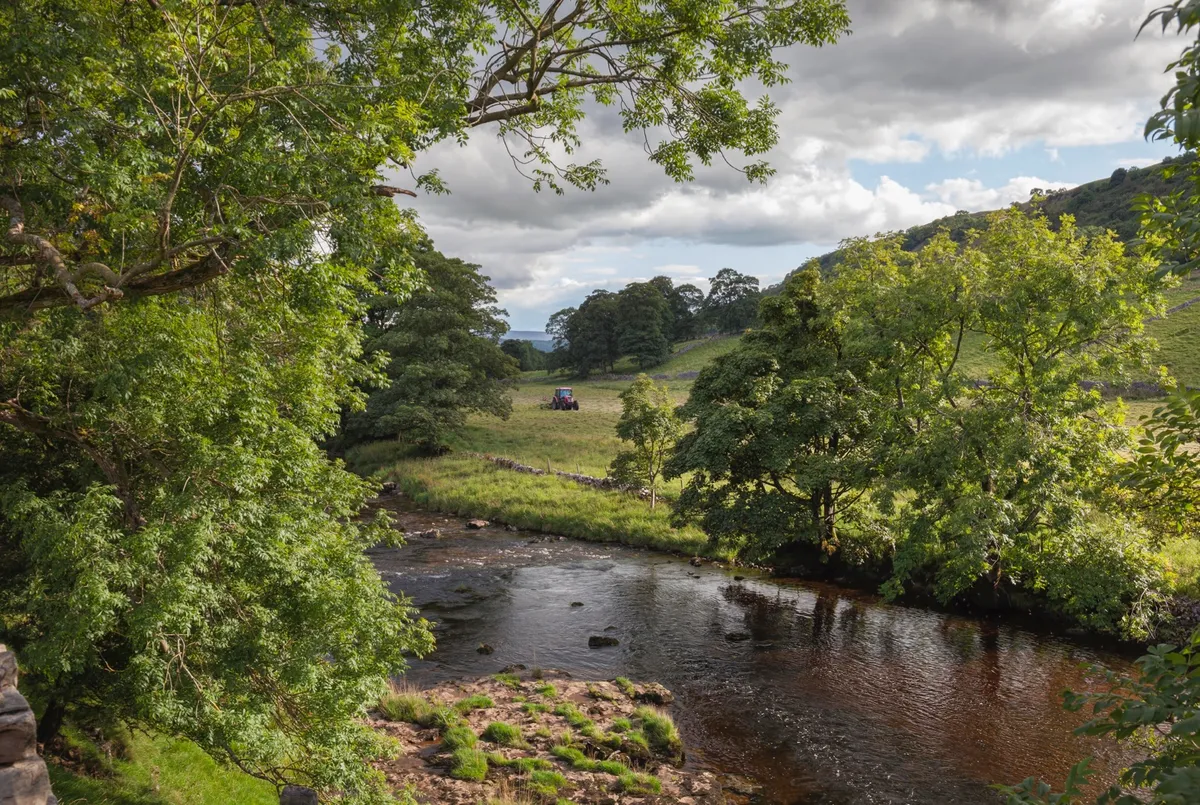
In the centre of the Yorkshire Dales, this walk links the hamlets of Yockenthwaite (where you can park on the road) and Cray. If you fancy a bite to eat en route, take the optional detour to the village of Buckden further south for its cafés, pubs and toilets.
Starting the walk on a farm track, you’ll soon reach wildflower pastures and hay meadows where you can spot many bird and butterfly species, and with views over Wharfedale valley.
Whether or not you choose to visit Buckden, you’ll follow the River Wharfe back towards Yockenthwaite, which provides opportunities to spot dippers and wading birds including curlews and lapwings. Look into the clear water and you may see bullhead and crayfish alongside brown trout, eels and grayling.
If you find yourself at Yockenthwaite Bridge around dusk, be sure to look out for Daubenton’s bats, which roost there and hunt for insects over the river.
- Northern brown argus butterfly, green-veined white butterfly, common blue butterfly
- Craven door snails
- Yellow wagtail, curlew, lapwing, goosander, kingfisher, grey wagtail, dippers
- Bullhead, crayfish, brown trout, eel, grayling
- Daubenton’s bats